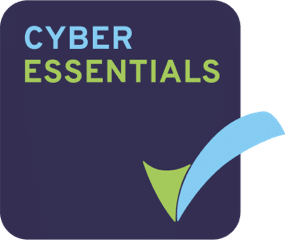In today’s society, racism and prejudice are well heard of, and their implications are understood by most. However, there is a significant but less-known concept that creates the basis for prejudice and racism. Unconscious bias, also known as implicit bias, refers to the preconceptions we have about a person.
These preconceived ideas are often enforced by social stereotypes which we then attribute to specific individuals, groups, or even organisations. Our unconscious bias affects the way we engage with and, in a human resources environment, hire other people. Bias is a prejudice in favour of or against a person or group, in a way that is considered to be unfair. Biases are not limited to individuals and can be innate or learned.
Hiring managers are primarily at risk of unconscious bias due to the nature of their role. Before you even start the recruitment process, you have a picture in your mind of what the ideal candidate will look like. You can imagine their age bracket, background, previous experience, home life, and available hours. You may not realise you are experiencing unconscious bias in this area, but even if we frame our preference positively, it can result in unfair favouring.
For example, preferring a candidate based on the school or university they went to because you have previously associated that institute with intelligence or successful candidate placement. The unconscious bias in this example is still harmful, as it has created a ‘halo effect’. This effect occurs when we allow a single positive trait to affect our overall perception of someone else. As all good recruiters know, higher education does not indicate a higher intelligence level compared to other candidates.
Remaining neutral in a recruitment environment can be difficult as your gut feelings and first impressions of a candidate play a huge role in filling a position. However, it is essential to recognise if these initial judgements are the result of unconscious bias. If we do not evaluate our impressions of others, it could lead to unfair decisions and potential discrimination.
One way to reduce preconceptions in recruitment is to introduce bias interrupters. Also known as bias disruptors, these small but simple changes to existing business practices interrupt and mitigate implicit bias in the workplace. Steps you can take as a recruiter include: adjusting words in job descriptions that are typically associated with a particular gender; seeking and encouraging diverse candidates to apply; pre-setting questions to create structured interviews, included performance-based questions; and using external recruiters to provide a shortlist of candidates.
Training is another clear way to reduce bias in your organisation. However, you don’t want to train just HR professionals and hiring managers. You should provide all of your staff with anti-discrimination and unconscious bias training opportunities. When following this route, ensure that you choose a facilitator who has the experience and technical ability to answer any queries your staff may have while leading discussion on tough topics.
All training should be engaging so your employees get the most out of it, but with sensitive topics like discrimination, it is crucial to ensure you have a safe environment. Providing a comfortable learning setting for interactive elements will allow delegates to participate fully and ask questions to further their education.
Many believe that technology is the way forward with reducing implicit bias in recruitment as many systems can ‘blind the process’ for employers by removing surface demographic characteristics. But for the less technologically inclined, this can hurt applicants – especially if the role does not require candidates to be technologically literate.
At ASL, we work with our clients to ensure job descriptions and person specifications are written in a way to promote diversity and inclusiveness. We conduct the initial screening and assist in developing competencies and questions for your interviews, and can help remove bias from decision making by working with you on bias disruptors. It is through conversation and connection with our clients that we can give you peace of mind to make the right choice.







